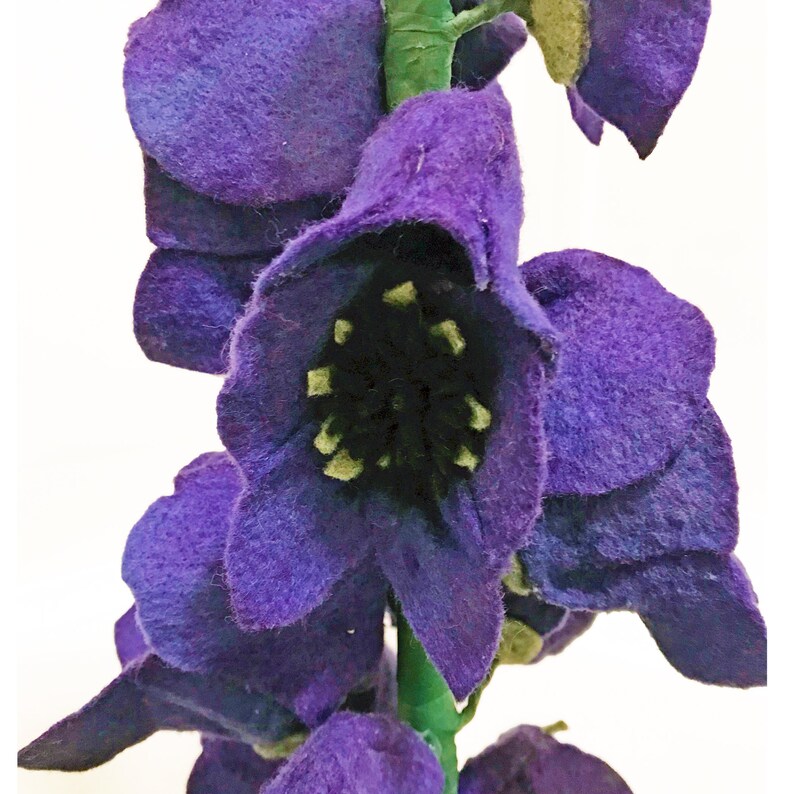
It also has a long medicinal use in mainland Europe. In all the years that I have taught foraging, I have never personally known anyone have a hogweed allergy. I have 3 acres in Scotland dominated by hogweed and handle it a lot albeit with the respect that I handle all large plants. So I decided to look at the plant’s biochemistry and research literature to see under what conditions common hogweed could be dangerous. I was also intrigued by my friend Robin Harford‘s report of another (his seventh) common hogweed allergic reaction reported to him in Devon.

There are reports of people using a strimmer to cut common hogweed who have experienced burns from triggering production of the irritating sap. By and large, common hogweed is safe and perfectly edible under ‘normal’ conditions however it’s important to be aware of the conditions when it isn’t safe. It is commonly confused and misreported and a Google search can result in a lot of erroneous information. It’s also not to be confused with giant hogweed which has very high levels of furanocoumarins in the sap, and any contact with its sap will give you severe phototoxic burns. But if you try to wipe out his entire family with a huge killing machine, then you’re in trouble!”Ĭommon hogweed is not poisonous. Brush against him, even spill his pint, and he’ll accept your apology and carry on with his pint. Common hogweed, on the other hand, is the quiet, wiry, calm guy at the end of the bar. Just brush against him, not even spilling his drink, and he will attack you viciously. He’s all pumped up and itching for a fight. Giant hogweed is the drunk, aggressive, muscular guy on steroids. “The difference between common and giant hogweed is like going to the pub on a night out. It brings a smile and helps people to understand the hogweeds. Space them 12 to 24 inches apart.2020 update: the following is a quote of mine that I use when teaching people who come on my foraging courses. You can transplant your seedlings into your garden after your last frost. Cold stratify them in your refrigerator for 3 weeks then place the container on a shady windowsill. Start your seeds 10 weeks before your last frost. If you prefer to start your seeds indoors, they will need a period of cold stratification to mimic the cold weather of winter. Plant the seeds where you want them to grow because the plants don’t like being transplanted.

They should be sown directly into your garden in the fall, early winter or early spring. Unlike most perennials, they don’t need to be divided regularly which is fortunate because they don’t like having their roots disturbed. Dig them up in the fall or spring and divide them gently. Monkshood is usually propagated by division. Newer cultivars can be white or bicolor, blue and white. The flowers are blue and borne on stalks. When grown in partial shade, the plants need staking.
#Wolfsbane poisoning full#
Full grown specimens are anywhere from 3 to 5 feet tall. It likes rich, moist soil so keep it well-watered. Monkshood will tolerate full sun, but prefers partial shade.

The plants die to the ground in the fall.

It is a perennial plant that is native to the northern hemisphere and is hardy from zones 4 through 8. Monkshood gained its name from the shape of its flower which resembles the hood on a monk’s habit. It is also mentioned as a poison in Greek and Roman records. The tips of soldiers’ spears were dipped in poison to hasten the deaths of their foes.ĭespite being poisonous, monkshood has been used medicinally in Chinese, Japanese and Ayurvedic medicine. Unfortunately, it has also been used in warfare. Historically, the poison from monkshood has been used in hunting wolves, bears and even whales. When grown in your garden, be sure to keep small children and pets away from it. You should wear gloves when handling it and wash your hands afterwards. It contains a neurotoxin, aconitine, that can kill humans and other animals. Monkshood ( Aconitum napellus), also known as wolfsbane, is not just poisonous for wolves.


 0 kommentar(er)
0 kommentar(er)
